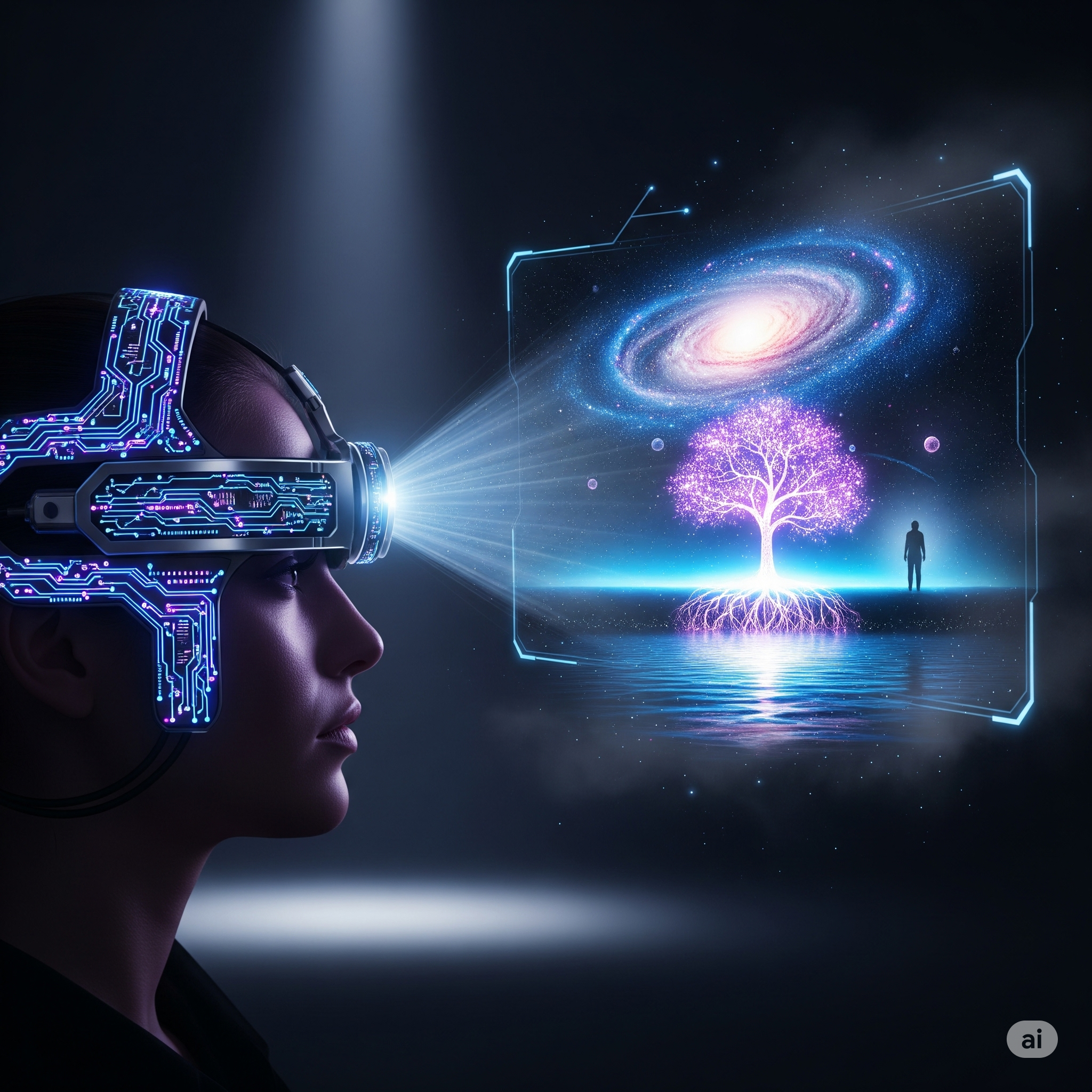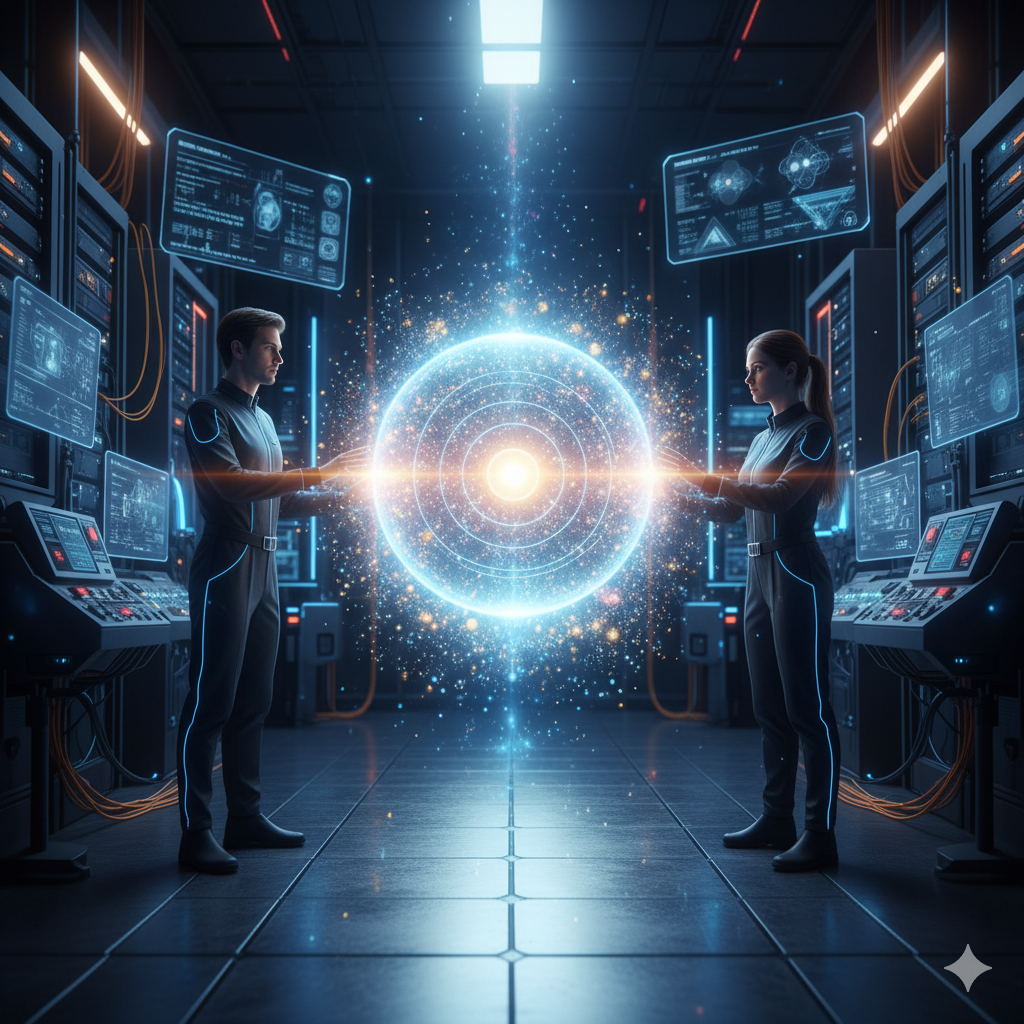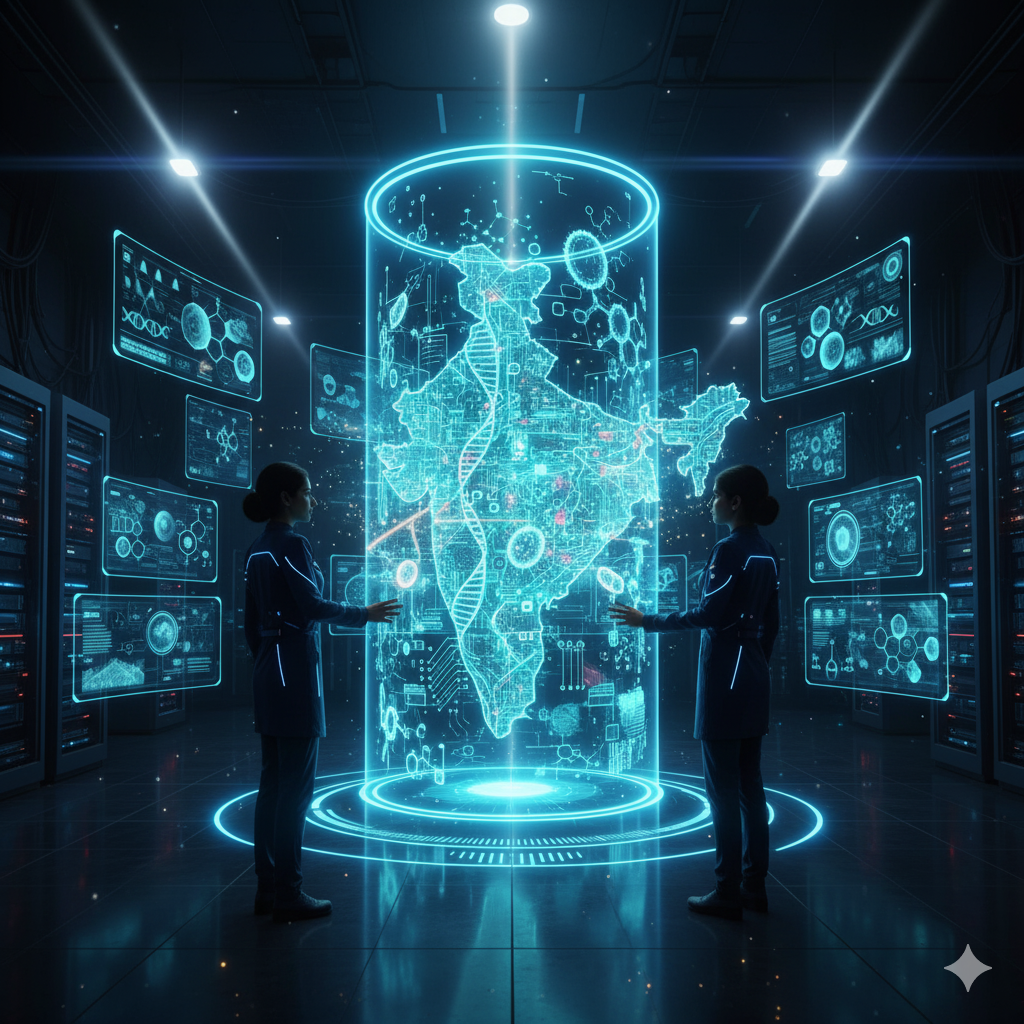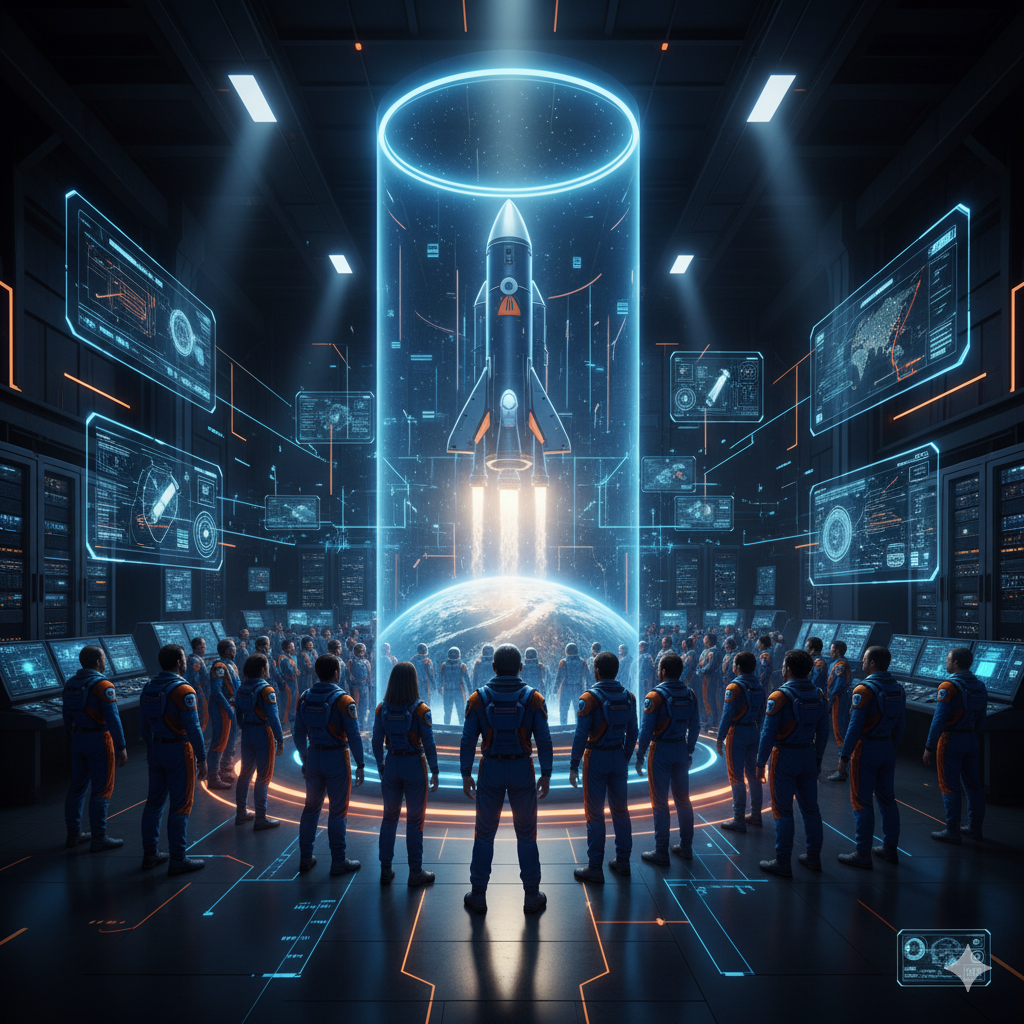Introduction
For centuries, dreams have been one of humanity’s greatest mysteries. Ancient civilizations considered them messages from gods, while psychologists like Sigmund Freud and Carl Jung studied them as reflections of unconscious desires and archetypes. Despite centuries of speculation, one fundamental question has remained: Can we actually capture and decode our dreams?
Today, advancements in neuroscience, artificial intelligence (AI), and brain-machine interfaces (BMIs) are bringing us closer to answering that question. Scientists are now experimenting with techniques that can reconstruct visual imagery, detect emotional states, and even communicate with dreamers during sleep. What was once only the subject of myths and science fiction is beginning to enter the laboratory.
This article explores the science of dreams, the role of AI in decoding subconscious signals, the challenges and ethical issues, and the exciting future possibilities of dream capture technology.
Understanding Dreams: A Window into the Subconscious Mind
What Are Dreams?
Dreams are immersive mental experiences that occur during sleep, particularly in the Rapid Eye Movement (REM) stage, when brain activity is highly dynamic. They typically involve a combination of:
- Visual imagery – People, places, and objects.
- Emotions – Joy, fear, anxiety, or pleasure.
- Narratives – Story-like experiences, often surreal and illogical.
Why Do We Dream?
Scientists propose several theories:
- Memory Consolidation: Dreams help organize and store information.
- Emotional Processing: They regulate emotions and cope with stress.
- Cognitive Simulation: Dreams allow the brain to rehearse real-life challenges.
Regardless of the purpose, dreams represent a complex interplay of conscious memories and unconscious processes—making them valuable for scientific exploration.
The Science of Capturing Dreams
Dream capture is the process of recording or reconstructing dream content using brain imaging and decoding technologies.
1. Brain Imaging Tools
- Functional Magnetic Resonance Imaging (fMRI): Tracks blood flow to identify active brain regions during dreaming.
- Electroencephalography (EEG): Records electrical brain waves, often used in sleep studies to detect REM stages.
- Magnetoencephalography (MEG): Measures magnetic fields from brain activity, offering precise timing of dream-related processes.
2. Artificial Intelligence in Dream Decoding
AI algorithms can analyze patterns of brain activity and map them to visual or auditory experiences.
- When awake, participants look at thousands of images while their brain activity is recorded.
- AI learns the correlation between brain signals and visual patterns.
- During sleep, similar neural patterns are detected, allowing AI to reconstruct approximate dream images.
In 2013, researchers at the ATR Computational Neuroscience Laboratories in Japan used fMRI and AI to reconstruct blurred but recognizable dream visuals. For example, if someone dreamed of a house, the computer generated a vague house-like image.
3. Decoding the Subconscious Mind
Since dreams arise from subconscious processes, decoding them could provide insights into:
- Hidden fears and desires.
- Emotional conflicts.
- Traumas stored in memory.
This opens new frontiers in psychology and therapy, but also raises concerns about mental privacy.
How Dream-Capture Machines Work
The concept of a dream-recording device may sound futuristic, but researchers are already building prototypes that follow a general process:
- Sleep Monitoring: The subject wears a neural headset, EEG cap, or lies in an fMRI scanner.
- REM Detection: The system identifies when the sleeper enters REM sleep.
- Signal Collection: Neural activity is captured from brain areas linked to vision, memory, and emotions.
- AI Analysis: Machine learning models compare brain signals with stored datasets.
- Dream Reconstruction: The output appears as rough images, text descriptions, or even sound.
Although current systems are rudimentary, future improvements in AI and neurotechnology could make dream capture much more accurate.
Breakthrough Experiments in Dream Science
- Dream Image Reconstruction (2013, Japan):
Scientists successfully created visual representations of dream content using fMRI and AI. - Dream Communication (2021, USA):
Northwestern University researchers interacted with lucid dreamers in real-time, asking them math problems and receiving correct answers. - Lucid Dream Enhancements:
Devices like sleep masks and EEG headbands now send cues (light or sound) during REM sleep, helping dreamers recognize they are dreaming.
These experiments suggest that dream capture and communication are possible, though still in their infancy.
Applications of Dream Capture
1. Medical and Psychological Uses
- Post-Traumatic Stress Disorder (PTSD): Nightmares can be recorded and reinterpreted in therapy.
- Mental Health Diagnosis: Dreams could reveal subconscious issues in anxiety or depression.
- Sleep Disorders: Helps researchers study conditions like insomnia and narcolepsy.
2. Creativity and Innovation
- Artistic Inspiration: Artists and filmmakers could turn dream imagery into real projects.
- Problem-Solving: Scientists and engineers might uncover subconscious solutions in dreams.
- Music and Literature: Musicians and writers could refine dream-inspired ideas.
3. Education and Learning
- Replay dreams that consolidate learning experiences.
- Improve memory retention through dream analysis.
4. Entertainment and VR
- Dreams could be replayed as virtual reality experiences.
- Social platforms may allow sharing of dream “movies.”
Challenges and Limitations
Despite exciting progress, dream capture faces obstacles:
- Complexity of Dreams: They involve abstract thoughts, emotions, and shifting storylines that are difficult to decode.
- Technological Barriers: fMRI machines are large and expensive; portable alternatives are less accurate.
- Accuracy Issues: Current AI reconstructions are blurry and incomplete.
- Ethical Concerns:
- Privacy: Could employers or governments misuse dream access?
- Consent: Would people be forced to share subconscious thoughts?
- Mental Health: Reliving traumatic dreams may harm patients instead of healing them.
The Future of Dream Capture
1. Brain-Machine Interfaces (BMIs)
Emerging technologies like Neuralink may make it possible to record high-resolution brain signals in real-time, revolutionizing dream decoding.
2. Portable Dream Recording Devices
Wearable EEG headbands or smart sleep masks may one day record dreams at home, much like fitness trackers record steps.
3. Virtual Reality Integration
Dreams could be converted into VR simulations, letting people re-experience or share them.
4. Therapeutic Dream Editing
Future psychologists may help patients not only record dreams but also alter nightmares into positive experiences.
5. Expanding Human Communication
If dreams can be shared, humans could communicate subconscious experiences directly, creating deeper empathy and understanding.
Ethical Considerations
Dream capture technology must be developed responsibly. Key guidelines include:
- Informed Consent: Dreams should only be recorded with voluntary permission.
- Privacy Protections: Dream data must be encrypted and controlled by the dreamer.
- Therapeutic First Approach: Initial applications should focus on health, not commercial use.
- Global Regulations: Like genetic editing, dream capture should be regulated to prevent misuse.
Conclusion
Dreams have always symbolized mystery, creativity, and subconscious truth. Today, with the help of AI and neuroscience, we are closer than ever to turning dreams into observable data. From reconstructing blurry dream images to communicating with lucid dreamers, science has already shown that dream capture is not just fantasy—it is an emerging reality.
The potential benefits in medicine, creativity, and communication are vast, but so are the ethical risks. The future of dream capture depends not only on scientific progress but also on society’s ability to balance innovation with respect for privacy and human dignity.
As machines and AI begin to decode the subconscious mind, we stand at the threshold of a new era: an era where the boundary between imagination and reality grows thinner than ever before.




